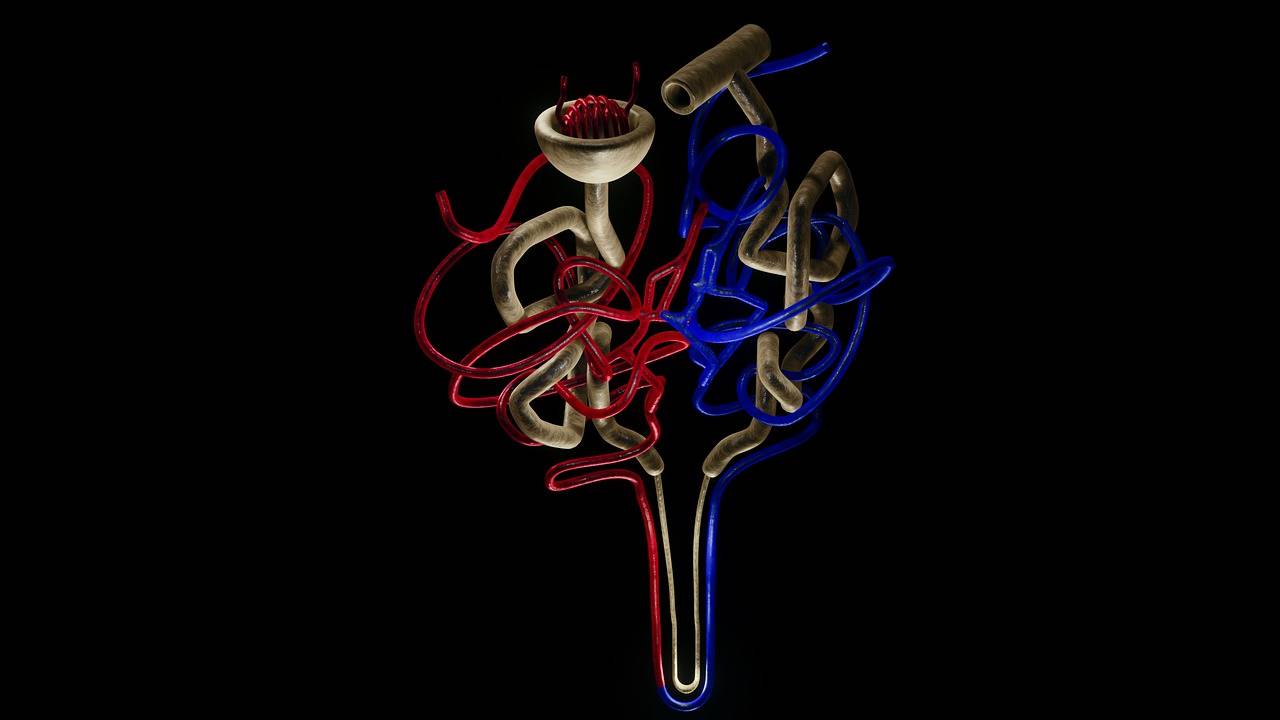Trends in Neurological Healthcare
Over the past decade, there have been significant advancements in the field of neurological treatments. One key innovation that has gained attention is the development of neuromodulation techniques, such as deep brain stimulation and transcranial magnetic stimulation. These therapies have shown promising results in the treatment of conditions like Parkinson’s disease, depression, and chronic pain.
Another notable innovation is the use of precision medicine in neurology. By tailoring treatments to individual patients based on their genetic makeup, lifestyle factors, and specific disease characteristics, clinicians are able to achieve more personalized and effective outcomes. This approach has been particularly successful in the management of conditions like epilepsy and multiple sclerosis, paving the way for a new era of targeted therapies in neurology.
Advancements in Neuroimaging Technology
Neuroimaging technology has made significant strides in recent years, enabling healthcare professionals to gain deeper insights into the complexities of the human brain. With the development of advanced imaging techniques such as functional magnetic resonance imaging (fMRI) and positron emission tomography (PET), researchers are now able to study brain activity and connectivity with remarkable precision. These innovations have revolutionized the field of neuroscience, allowing for a more nuanced understanding of neurological disorders and paving the way for more effective treatment strategies.
Moreover, the integration of artificial intelligence and machine learning algorithms into neuroimaging has further enhanced the accuracy and efficiency of analyzing complex brain data. By leveraging these cutting-edge technologies, scientists can process vast amounts of imaging data in a fraction of the time it would take using traditional methods. This not only accelerates the pace of research in the field but also opens up new possibilities for personalized medicine in neurology, as healthcare providers can tailor treatment plans based on individual brain activity patterns identified through neuroimaging.
What are some key innovations in neuroimaging technology?
Some key innovations in neuroimaging technology include functional magnetic resonance imaging (fMRI), diffusion tensor imaging (DTI), and positron emission tomography (PET).
How do these advancements in neuroimaging technology benefit neurological treatments?
These advancements allow for more precise diagnosis, monitoring of treatment effectiveness, and understanding of neurological disorders at a deeper level, leading to more targeted and personalized treatment plans.
Can neuroimaging technology help in early detection of neurological disorders?
Yes, neuroimaging technology can help in early detection of neurological disorders by detecting subtle changes in the brain structure and function before symptoms become apparent.
Are there any limitations to neuroimaging technology?
While neuroimaging technology has advanced significantly, there are still limitations such as cost, accessibility, and potential risks associated with certain imaging techniques.
How do advancements in neuroimaging technology contribute to research on the brain?
Advancements in neuroimaging technology allow researchers to study the brain in real-time, track brain activity in response to stimuli, and investigate the neural pathways involved in various cognitive processes and behaviors.







